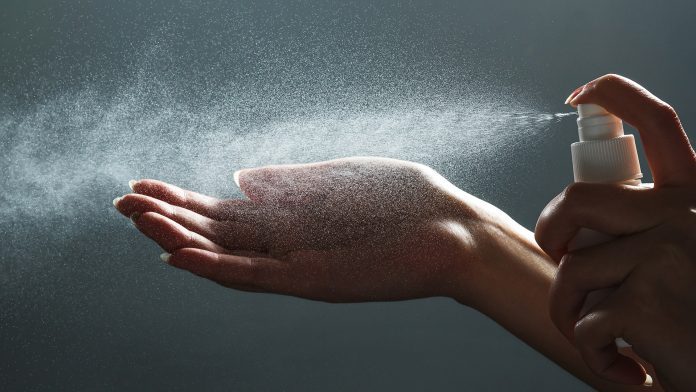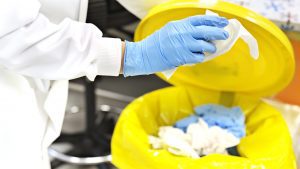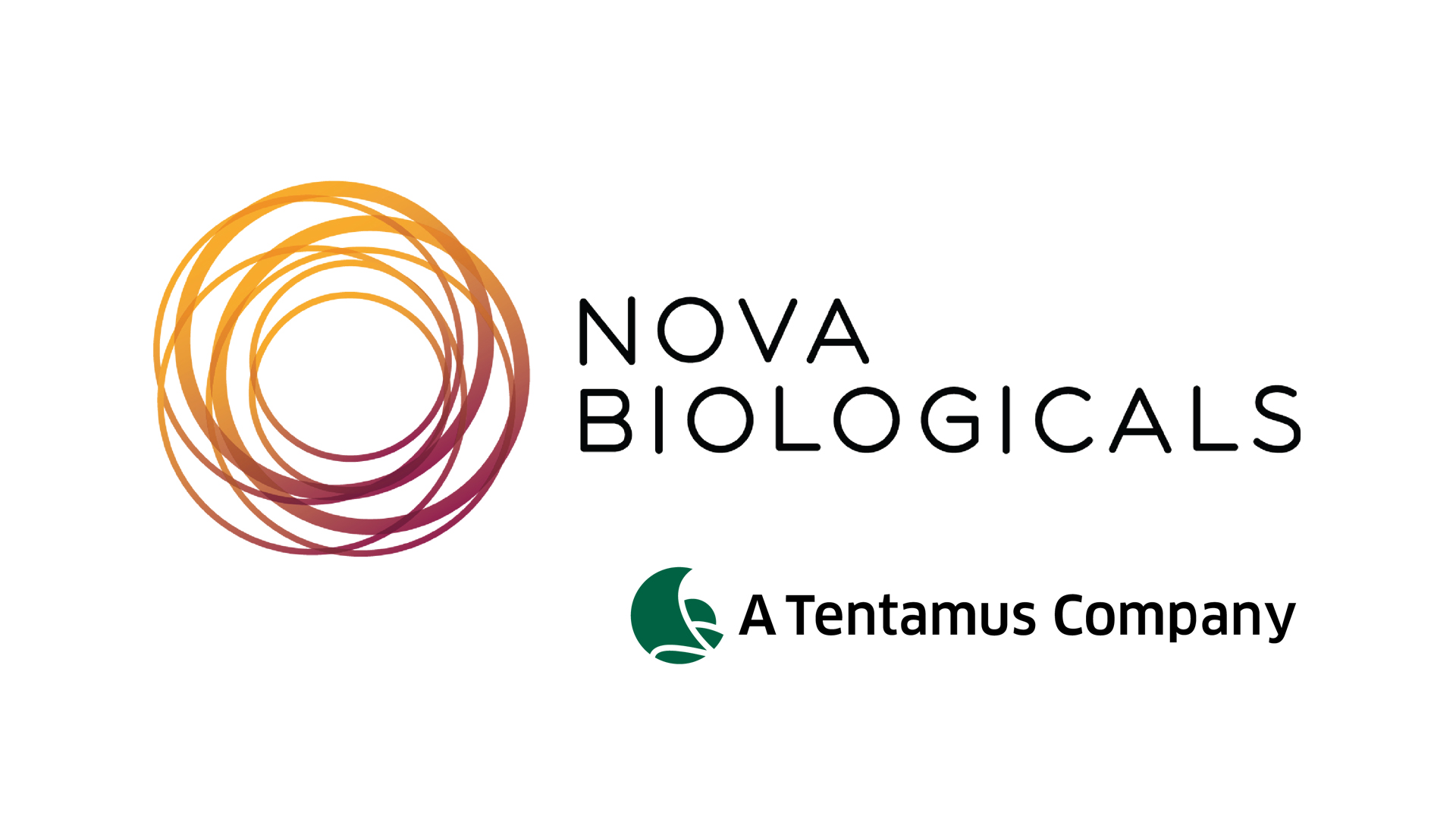
The United States Environmental Protection Agency has a key role to play in ensuring only safe products reach the market, something of increasing importance due to the COVID-19 pandemic.
Creating products and solutions for everyday problems has been one of the major accomplishments of the modern world. New products and methods of operation are constantly implemented in order to best deal with current health or hygiene problems. This has allowed society to adapt to various situations and thrive where it normally would have struggled.
Whenever a new problem emerges, or an old solution does not seem to be working, new products are created to account for that failing. Bacteria, viruses, skin problems, and crop-eating pests are just some of the issues that have been combatted through modern technology and products, and the result has been a population that has endured countless hardships.
However, with all these new products and innovations, how can people be certain that the solutions are effective? What makes one brand of disinfectant effective while another is not? What determines which kinds of pesticide are safe to use on crops? How do consumers know that the product they are buying is going solve their problem without harmful side effects?
They know because organisations like the United States Environmental Protection Agency (EPA) regularly monitor testing of these products for safety and efficiency, and it is these groups that ensure dangerous chemicals and practices are not being employed in the production of the products.
The Environmental Protection Agency
The Environmental Protection Agency has a somewhat deceptive title. While their main concern is maintaining the wellbeing of outdoor environments, they also pay close attention to products such as pesticides, disinfectants, and various cleaning supplies in order to prevent chemical contamination from the usage of the product and the effects on the environment upon disposal. The EPA works alongside testing laboratories to observe whether a product is not doing more harm than good when it comes to health purposes. For example, while some chemicals like mercury and lead have their uses, they would not be safe to include in a product such as hand soap or pesticide.
As new products are often attempting to use different combinations of chemicals as ingredients, the potential for dangerous side effects can increase dramatically and put users and the surrounding environment at risk. As such, the EPA has a strict set of guidelines for approving which products are safe to use and which are not.
Disinfectants
For products such as disinfectants, Environmental Protection Agency approval is required before they can be sold in any United States location. This is regardless of whether they are imported or if they are available for purchase in other countries. This is due to several reasons, but ultimately the main goal is to ensure products are not being imported and sold that could pose a risk for public health and safety.

However, the process of getting said approval is not just a simple examination. Several lengthy manuals and articles explaining the process exist, most of which can be found on the EPA website. There are different rules for each kind of product, as the criteria for what constitutes a safe disinfectant is not the same as what constitutes a safe pesticide.
Pesticides
In the case of pesticides, close examination must be given to how the chemicals interact with plants, soil, animals, and even the air around us before it can be safely approved. Otherwise, someone may make use of a new brand of pesticide only to find it results in dead crops and poisoned soil. Similarly, the approval process of disinfectants examines how the chemicals used interact with human contact as well as the effectiveness of killing bacteria. A disinfectant that kills 100% of bacteria but produces a potentially lethal fume is more dangerous to sell than one that kills 50% and has no hazardous by-products.
Disposal
That being said, safety in usage is not the only factor being examined. In relation to the Environmental Protection Agency, proper disposal is just as important. As pollution can have far reaching consequences, such as a pesticide leaking into a water supply and poisoning those who use it, ensuring that the product can be disposed of safely is of great importance. It is the responsibility of the manufacturer to ensure their products comply with EPA regulations before they are sold, and penalties ranging from steep fines to jail time can result from attempting to circumvent these rules.

Approval
Though sometimes deemed as a bothersome step by manufacturers, the goal of the Environmental Protection Agency approval processes is ultimately to ensure the safety of the public and the environment at large. In the past, the EPA sometimes came to a decision on whether something was safe for public use after it had already been widely distributed.
This was the case in regard to asbestos in manufacturing and construction. The Asbestos Hazard Emergency Response Act (AHERA) is one of many regulatory laws that were backed by the EPA once the dangers of asbestos became apparent, such as increased risk of lung cancer, mesothelioma, and asbestosis. Before then, asbestos was present in a variety of classrooms and commercially available products.
Similarly, lead was often used in construction, including in water pipes. Over time however, this was linked to several instances of lead poisoning and as a result was largely banned by the FDA for health reasons. With cases like these in mind, the necessity of proper regulation of products and chemicals becomes increasingly apparent for public safety.
COVID-19
Due to the current situation regarding COVID-19, several manufacturers are attempting to create products that can combat the spread of the virus. These range from specialised disinfectants to lightbulbs that inhibit their growth, but they still must follow EPA approval processes before they can be sold. As the need and public desire to have access to reliable solutions to the problem of the coronavirus pandemic is so great, there are many companies attempting to sell products that claim to be very effective against the virus. However, as many of these products are not able to accurately do so, most of these claims are either false or exaggerated to sell products.
The Environmental Protection Agency can take legal measures to prevent the selling of these false solutions, and companies that attempt to avoid EPA processes, whether they be local or international, are subject to the same consequences. This is to prevent metaphorical snake-oil salesmen from making money by selling products that do not work and endangering the health of their potential consumers. That being said, the EPA does not require approval for companies that provide cleaning services specialising in combatting the coronavirus.
As the pandemic continues, an increasing number of manufacturers will be looking to create products that can, or at least claim to, eradicate the coronavirus. While this could lead to positive developments, these processes must be overseen very carefully in order to avoid ineffective or dangerous products being sold to an already weakened population.
The Environmental Protection Agency is only one such organisation attempting to monitor the safety of new products, but these organisations require the aid of consumers to ensure unapproved products are not being sold until they are proven to be effective and safe.
Be sure to check the labels on any product claiming to combat the coronavirus for the EPA, or a similarly appropriate organisation, seal of approval before purchasing. If the product does not have that, be sure to reach out and inform any local health organisations about the unapproved product.
It may seem inconsequential but doing so may save other consumers from relying on a product that is both unsafe and ineffective.
This article is from issue 19 of Health Europa Quarterly. Click here to get your free subscription today.









